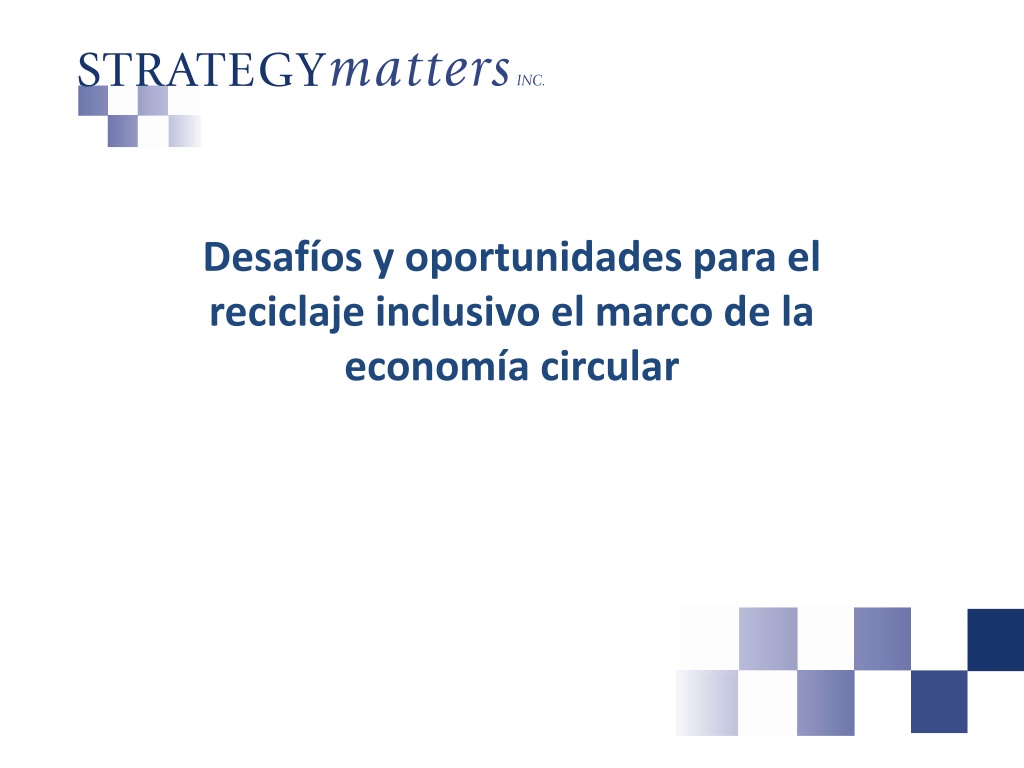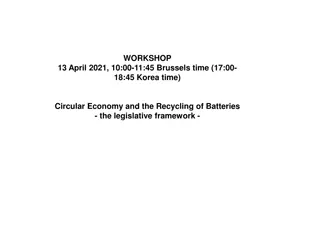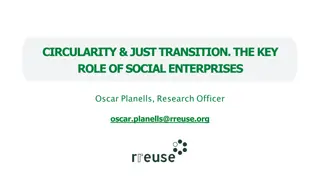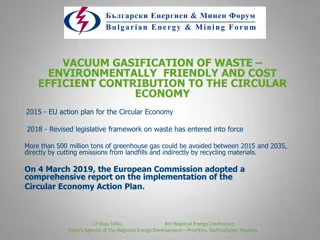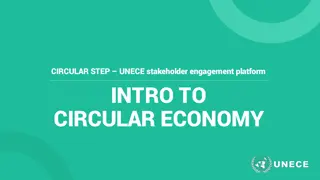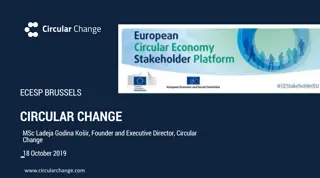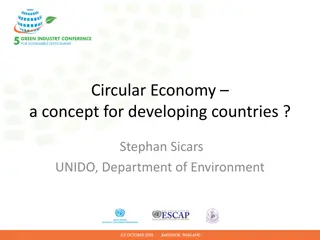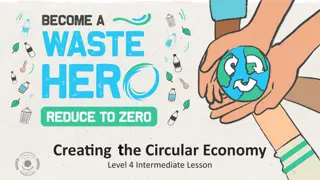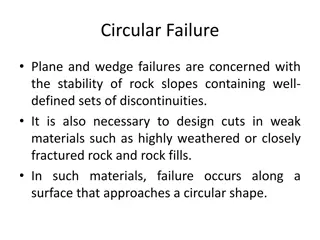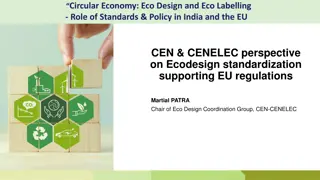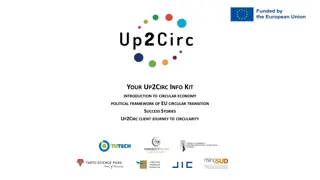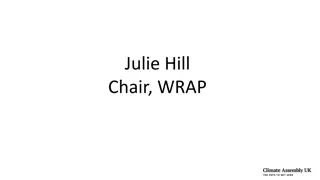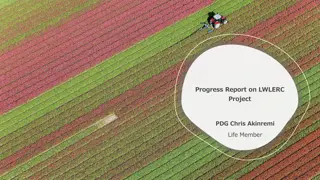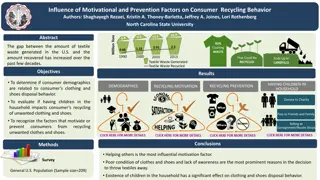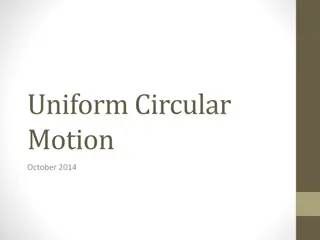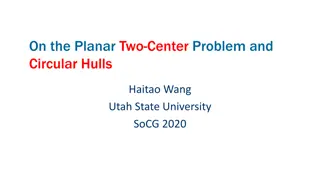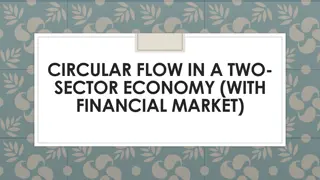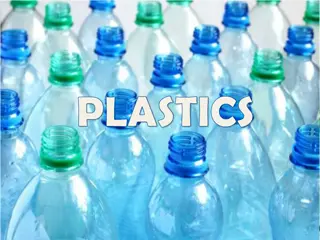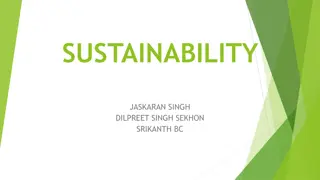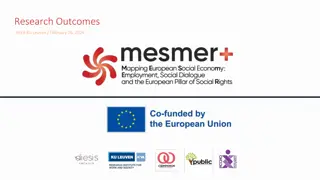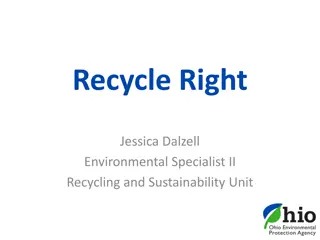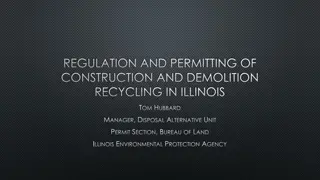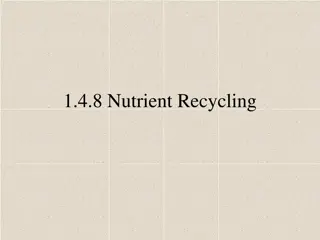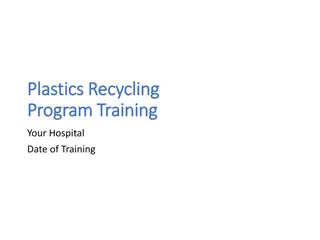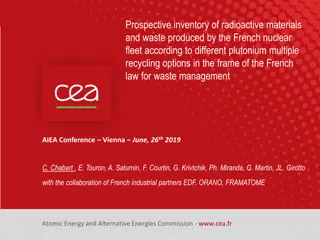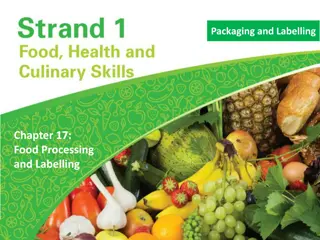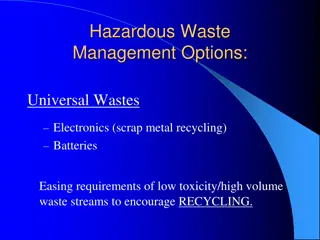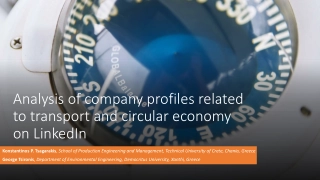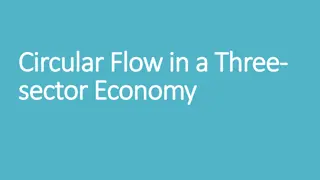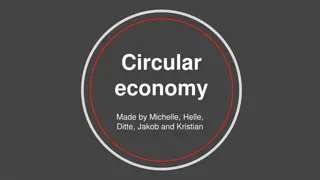Promoting Inclusive Recycling in the Circular Economy Framework
Challenges and opportunities for inclusive recycling within the circular economy, addressing the growing demand from middle-class consumers, rapid urbanization, and the importance of keeping materials in circulation. Specific policy examples and proposed bans to advance a circular economy approach are discussed focusing on initiatives in different regions like Latin America, North America, Europe, and Asia-Pacific.
Download Presentation

Please find below an Image/Link to download the presentation.
The content on the website is provided AS IS for your information and personal use only. It may not be sold, licensed, or shared on other websites without obtaining consent from the author. Download presentation by click this link. If you encounter any issues during the download, it is possible that the publisher has removed the file from their server.
E N D
Presentation Transcript
Desafos y oportunidades para el reciclaje inclusivo el marco de la econom a circular
3 billion more middle-class consumers will fuel future demand Global middle class1 Billions of people 4.88 3.25 3 billion 1.85 0.03 ROW Latin America North America 3.23 1.74 Europe 0.53 Asia-Pacific 2009 2020 2030 1 Based on daily consumption per capita ranging from $10 to $100 (in purchasing power parity terms) Source: OECD (2011), Perspectives on Global Development: Social Cohesion in a Shifting World 2
Cities are adding 1,500,000 Residents each Week Shenzen in 1987 Shenzen today Reference: WHAT A WASTE: A GLOBAL REVIEW OF SOLID WASTE MANAGEMENT, World Bank, 2012 3
Circular Economy Keeping materials in circulation at their highest and best use for as long as possible. But how can this be practically applied to both driving increased recycling and supporting the inclusion of informal recyclers in LATAM?
How Are We Doing So Far? Circle Economy Report January 2018: The cycling of materials is the key factor We therefore suggest the circularity metric to be the share of cycled materials as part of the total materials input to the global economy every year. The Global Circularity Metric for 2015 is: Cycled materials 8.4 billion tonnes by Materials Inputs 92.8 billion tonnes= 9.1%
Specific Policy Examples Product bans A national CE strategy Extended Producer Responsibility How do these advance a circular economy?
Proposed Sachet Ban Proposal in Indiato ban sachets A dominant packaging type with social and environmental benefits but with no commercial scale recycling facilities and no inherent value to drive collection even if they did exist. Industry Response: Design and implement new technology to separate the component materials and to enable these to be directly used in the manufacturing of new sachets Linked to utilizing and improving the working conditions of existing informal recyclers to collect and sort empty sachets
China Circular Economy Thinking Policy shift from an export driven economy to a more domestic driven economy 2016 NDRC policy to promote ecological design and regulating recycling National recycling catalogue
Key Policy Initiatives Shifting from being the developed world s market for recovered materials: From 2000 on a lowering of quality specifications to secure cost effective supply 2013 launches Green Fence to deal with significant abuses on international suppliers February 2017 National Sword July 2017 Bans on Material Imports Textiles, unsorted paper, plastics
Goals of Advanced EPR Policies To give preference to recycling of used products over disposal To internalize to the producer (and indirectly the consumer) the cost to manage products and packaging at the end of their useful life. To provide an economic incentive to the producer the key actor in the production /consumption chain with the greatest ability to re-design their products - to reduce environmental impacts by reducing resource consumption and waste disposal
EPR Policies (2) To promote behaviour changes among producers and consumers to achieve broader public policy goals such as: To favour reuse over single use products To eliminate toxic materials To ensure a level playing field for innovative companies making these changes To promote competition
France - Beyond Paying for Recycling 80% penalty for having a second package as part of the product sold to consumers 50% penalty for disruptive materials 100% penalty for non-recyclable materials 10% credit for 50%+ recycled content in paper and cardboard containers 4% credit for communicating source reduction and/or recyclability practices 8% credit for source reduction 8% credit for improvement of recyclability 8% credit for including sorting instructions on pack
In the LATAM context Can similar thinking be developed to increase support for inclusive recycling?
Resource & Waste Management Policies which internalize externalities are key to achieving a circular economy Without this fundamental change: The economic logic of waste collection and disposal will continue to dominate Innovations in CE products and technologies will not be scaled up Implications for informal recyclers less clear
